#Technology
Jaguar Land Rover and BMW Partner Up on Electrification
On the eve of D-Day, a British automaker and its German rival have teamed up to defeat a modern foe: spiraling development costs born of electrification. Europe’s going green these days, and the need to ditch diesel (and eventually gas) to satisfy the boys on Brussel, coupled with a general cooling off in Western demand, is placing strain on automaker budgets.
The cure, OEMs believe, is collaboration. In a world where BMW hopped into bed with its closest German rival on the mobility front, an electric powertrain partnership between Jaguar Land Rover and Bimmer doesn’t seem all that weird.
Mazda Launches Skyactiv-X Engine in Europe, Fuel Economy and Power Revealed
Mazda fans on this side of the Atlantic will have to wait patiently for their turn, as the innovative Skyactiv-X-powered Mazda 3 now available in Europe won’t show up here for some time.
On Wednesday, the company announced that continental buyers can begin placing orders for models equipped with a Spark Plug Controlled Compression Ignition (SPCCI) 2.0-liter four-cylinder, tossing out fuel economy and power figures along the way.
Driving Dystopias: China Doesn't Sound Terribly Fun
With China having become the world’s largest automotive market by individual sales, it’s worth keeping tabs on it for burgeoning driving trends. While that’s predominantly revolved around electric vehicles, the People’s Republic also has pretty strict driving rules backed by some of the tightest monitoring of a civilian population imaginable. China is setting up a vast surveillance system that tracks every single one of its 1.4 billion citizens and is adapting it for use in its new “social credit system,” which sounds like the most Orwellian thing in existence.
The system is intended to publicly shame criminals, debtors, jaywalkers, and those with “controversial” political views while monitoring their every move but it’s also doing a fine job of making life harder for drivers.
Jaguar Land Rover's 'Hot' New Idea: Sensory Steering Wheels
With automakers perpetually promoting daft new technologies as a way to appease investors, it’s been a while since we’ve seen a new idea that made us take pause and wonder why nobody else had come up with it first. Fortunately, Jaguar Land Rover has done us a solid, with research help from Glasgow University, and delivered a “sensory steering wheel” aimed at giving drivers silent feedback through temperature variances.
The applications of the device are yet to be settled upon but JLR has suggested that the wheel could be used to notify the driver of less-pressing issues that don’t warrant an audible announcement or even offer silent turn-by-turn navigation.
Volvo to Implement 'Mixed-reality' Development Tool
Like all automakers, Volvo is keen to promote itself as a cutting-edge manufacturer, and now has a new tool in its arsenal to impress tech-obsessed shareholders. Thanks to a corporate partnership with Varjo, the brand says it will begin implementing the latest in VR headsets to help streamline development. However, Volvo’s plan is more concerned with augmenting our existing realities than creating new ones.
By using Varjo’s new XR-1 headset, the automaker believes it can manufacture plausible portions of augmented reality littered with virtual obstacles and encounters that are as real to the driver as they would be to the car — without putting either in any legitimate danger. This is ultimately supposed to allow the company to effectively test real vehicles sporting autonomous hardware while subjecting living subjects to the same experience. But the full depth of these simulations has yet to be explored.
Consumer Reports Slams Tesla's Navigate on Autopilot Update, Calls System 'Far Less Competent' Than a Human Driver
In this writer’s opinion, one of the greatest things to happen to high-speed motoring is the blind spot monitoring system. Try as we might to religiously check our mirrors and peer over our shoulders before each lane change, there’ll always be that time we half-ass it, just as an unseen car creeps up in the shadow of our B- or C-pillar. BSM can be a savior.
However, handing over the entire lane-change process to a combination of software and sensors, at least in Tesla vehicles, is far, far worse than doing it yourself, Consumer Reports claims. After giving the latest update to Tesla’s “Navigate on Autopilot” feature a shakedown cruise on the highways of Connecticut, the consumer advocacy group handed the system a failing grade.
Lotus to Serve As Geely's Tech Pioneer; Group CEO Aims at Porsche
After Chinese auto giant Geely took a controlling stake in Lotus two years ago, the British brand has prepared itself for a turnaround. With a more stable financial footing secured, Lotus can be whatever it wants to be.
Enthusiasts want it to remain Lotus, only with an actual range of vehicles on offer. Group Lotus’ CEO, who also happens to be Geely’s chief technology officer, knows what he wants the brand to mimic: Porsche. Feng Qingfeng has great fondness for the brand’s would-be rival, calling its products “wonderful.”
It seems he’s also okay with an SUV.
Nissan's ProPilot Aims to Get Your Hands Off the Wheel, but Only Just
Will online videos soon emerge showing Nissan drivers taking naps or hopping into the backseat while underway? Maybe, but Nissan hasn’t been as cavalier as Tesla in playing up the abilities of its driver-assist technology. Now that an upgraded system that’s on par with General Motors’ Super Cruise and Tesla’s Autopilot is on the way, the automaker remains cautious.
ProPilot 2.0, as the name implies, is the next generation version of Nissan’s ProPilot Assist technology, and it differs from the first-gen system in one big way: drivers will be able to take their hands off the wheel.
Let's Talk About Six: Mazda Confirms New Inline Engine in Development
Much of the news surrounding Mazda this past year has concerned powerplants: a new turbocharged 2.5-liter four-banger for the CX-5 crossover and 6 sedan, a sort-of sparkless Skyactiv-X mill that still doesn’t have a North American arrival date, a lackluster diesel that took its sweet time getting here, and the brand’s continued lack of electric offerings.
The engine news continues. Buried within this week’s fiscal year earnings report is a hint of two new engines to come — inline-six engines. For a brand eager to position itself as premium, the development of a mill widely regarded as the classiest engine type reflects well on it.
Trade War Watch: New Tariffs Coming Down the Pipe After China Pulls U-turn
The United States could impose a 25 percent import tariff on $200 billion worth of Chinese goods by the end of this week — the result of threats issued by President Donald Trump following a reported about-face on the part of Chinese officials negotiating a new trade deal with the U.S.
At the core of the dispute? Intellectual property rights, sources claim.
Chevrolet Volt Postmortem: How Not to Market a Car With a Gasoline Engine
February 15th was a sad day, even for those who hate cars. On that day, General Motors’ Detroit-Hamtramck assembly plant produced the last Chevrolet Volt — a green car born at the dawn of a new era that didn’t take off exactly as envisioned.
In the truck-loving land of (relatively) cheap gasoline, electric vehicles are only just now eating up more than 1 percent of the market, thanks mainly to the Tesla Model 3 and what ownership of said vehicle says about your lifestyle and viewpoints. Plug-in hybrids are struggling, however, and the most famous of them all is now dead. A victim of falling sales, though your author would be curious to learn the model’s margin.
Despite offering the most practical combination of conventional gas-powered driving and electric ability, many claim the Volt’s failure was one of marketing, not engineering.
On ICE: Mazda's Skyactiv-X Wonder Engine Isn't in a Hurry to Get Stateside
Much-touted engines seem to take a while to arrive in North America, at least when it comes to Mazda. To the brand’s credit, those engines, at least in the case of the Skyactiv-D diesel, do eventually make it to these shores — though many wonder whether Mazda should have even bothered.
The Skyactiv-X is a different beast than its diesel counterpart. With this engine, Mazda promises increased power and greatly increased efficiency, all thanks to the engine’s novel combination of gasoline and diesel combustion elements. Journalists were offered a test drive over a year ago, but when the next-generation Mazda 3 appeared earlier this year, the 2.0-liter Skyactiv-X was nowhere to be seen. What gives?
Waymo Picks Detroit Plant for Self-driving Vehicle Conversions
It’s a long way from the company’s fledgling, Phoenix-area autonomous ride-hailing service, but Detroit has enough available space and local talent for Waymo to sign a lease.
On Tuesday, the self-driving tech company announced a deal to mate Chrysler Pacificas and Jaguar I-Paces with autonomous hardware in an abandoned assembly plant sitting in the heart of the domestic auto industry.
Horses and Guinea Pigs: Elon Musk's Lofty Promises Raise Safety Advocates' Ire, Sink Stock
Did you miss Autonomy Day yesterday? If you’re unaware, that’s the name given to Tesla CEO Elon Musk’s promise-filled, self-driving-focused speech to investors yesterday in the cradle of dreams (also known as Silicon Valley). There, Musk promised cars a driver can sleep in; cars that will make its owner money. Cars that, despite their self-driving nature, might be allowed to bash other vehicles around a bit.
Also stemming from that announcement? Musk’s assertion that any new car that isn’t a Tesla will be as antiquated and useless as a horse in three years. That’s right, even that affordable Kia Rio hatch that can be serviced anywhere. It’s “financially insane” to buy that, you know.
Promise Hour: Tesla Broadcasts Self-driving Tech to Perk Up Investors
Tesla celebrated “Autonomy Day” on Monday, broadcasting a web presentation to investors touting its self-driving strategy — part of CEO Elon Musk’s attempt to prove that the manufacturer’s longstanding commitment to the technology will bear fruit. While the mood was undercut by news of one of its vehicles spontaneously combusting in a Shanghai parking garage, the company stayed the course, focusing on autonomy instead of electrification.
Still, it wasn’t the fire that had investors seeking comfort. Tesla’s promise of fully self-driving vehicles is years old, with Musk initially pegging 2018 as the target date. That didn’t happen, with 2018 turning out to be the year the company faced elevated scrutiny over the effectiveness of its Autopilot system after a series of high-profile crashes.



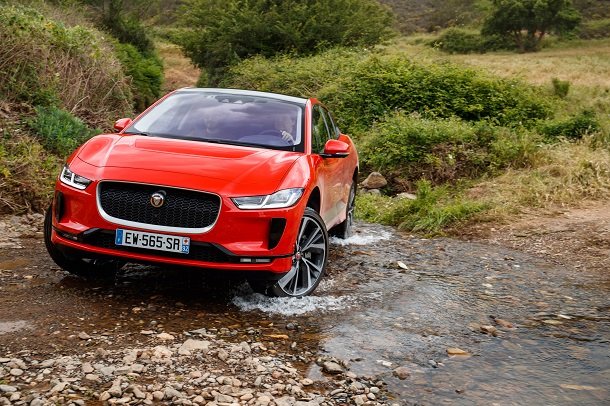
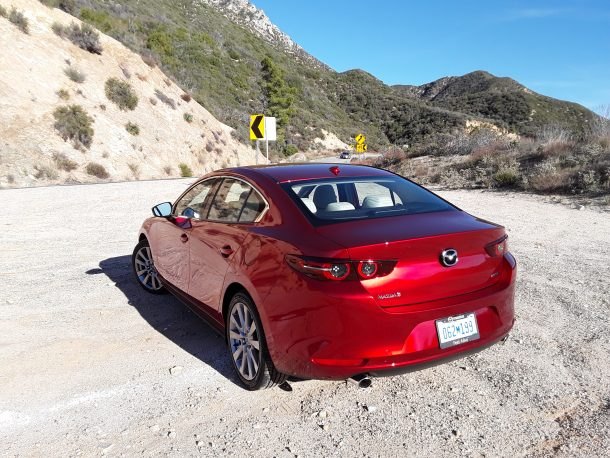

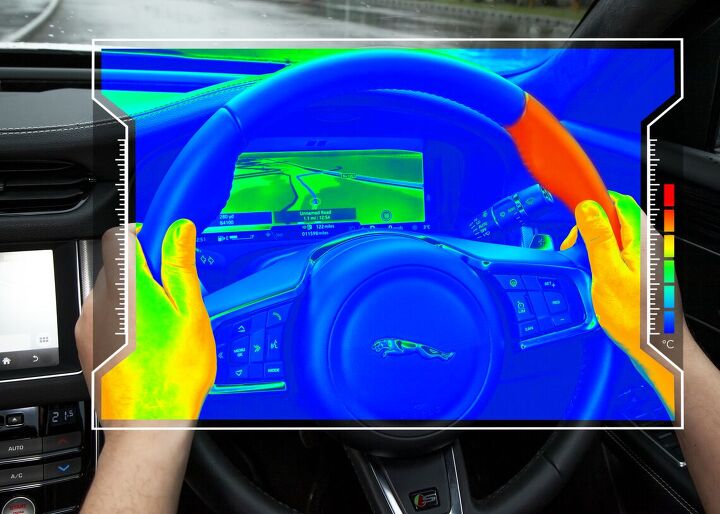






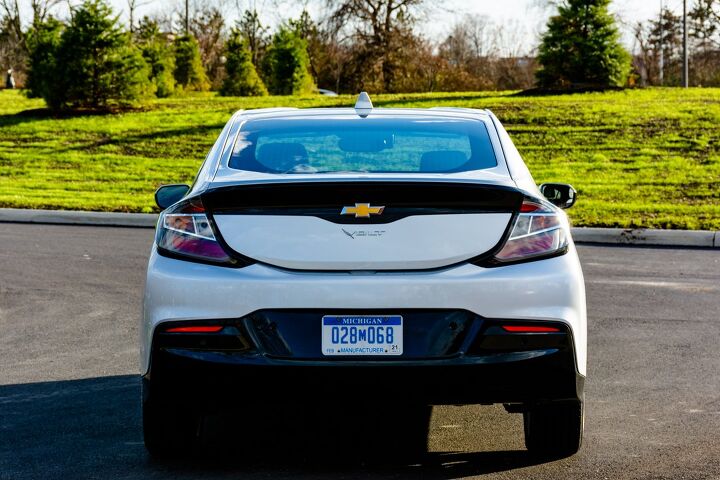

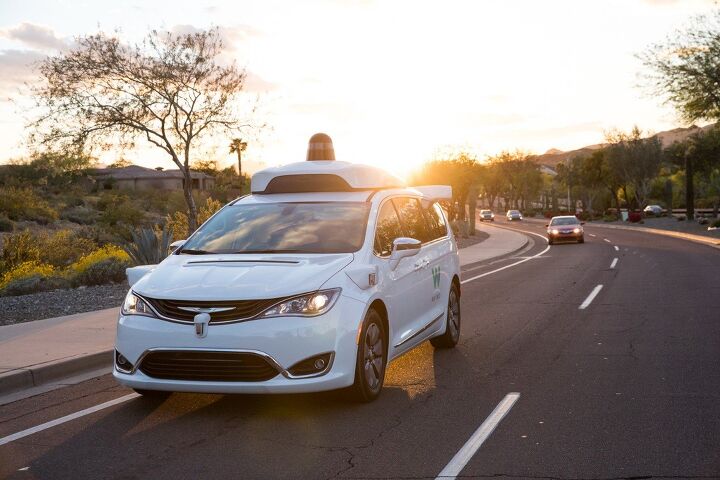














Recent Comments